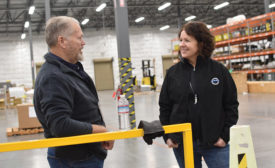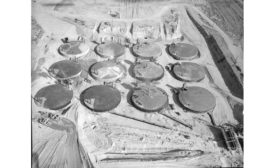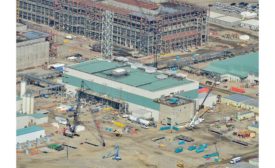Home » Keywords: » Nuclear Waste Cleanup
Items Tagged with 'Nuclear Waste Cleanup'
ARTICLES
ENR 2022 Top 25 Newsmakers
Valerie McCain: Bechtel Senior Executive Steers Nuclear Waste Cleanup Megaproject
Read MoreThe latest news and information
#1 Source for Construction News, Data, Rankings, Analysis, and Commentary
JOIN ENR UNLIMITEDCopyright ©2024. All Rights Reserved BNP Media.
Design, CMS, Hosting & Web Development :: ePublishing












